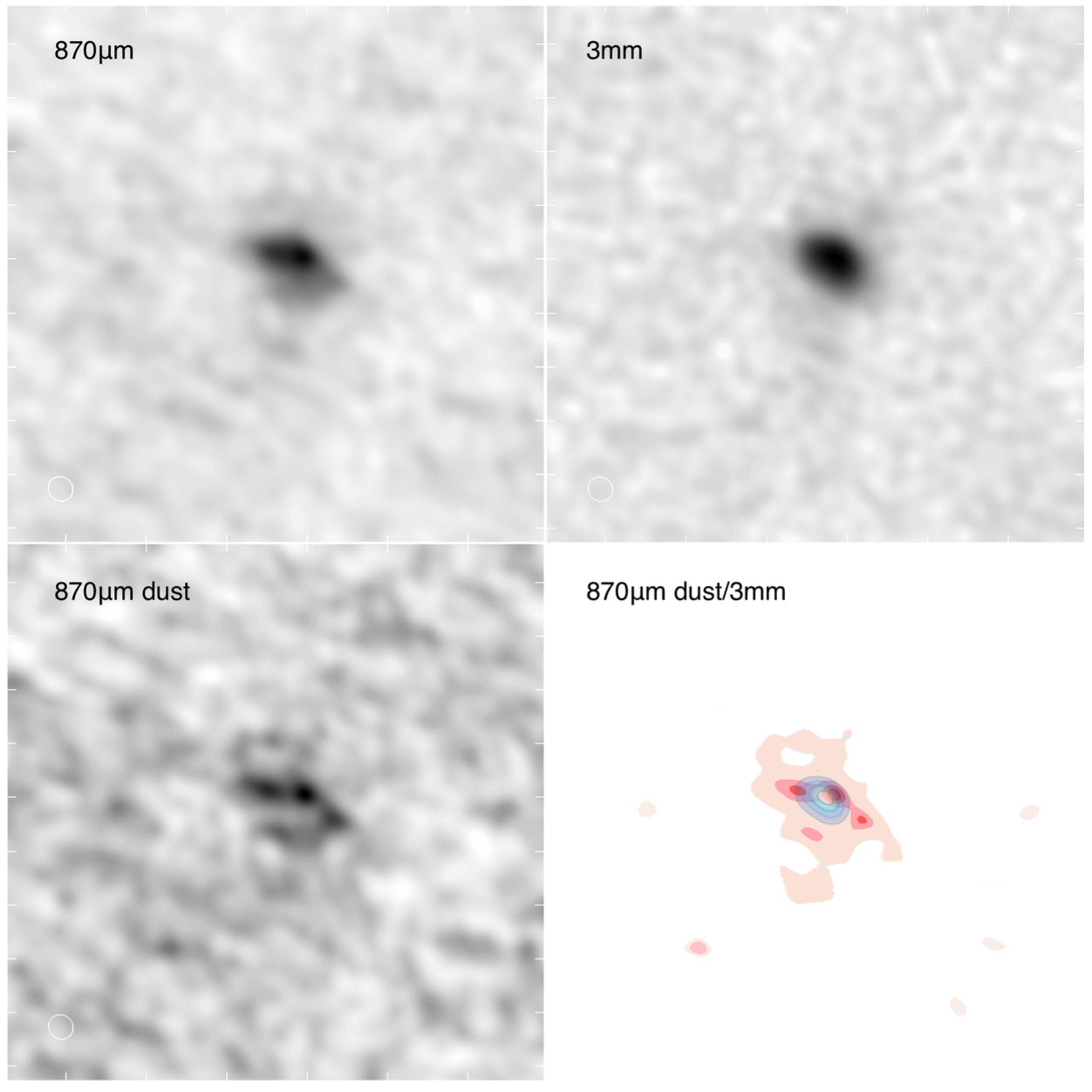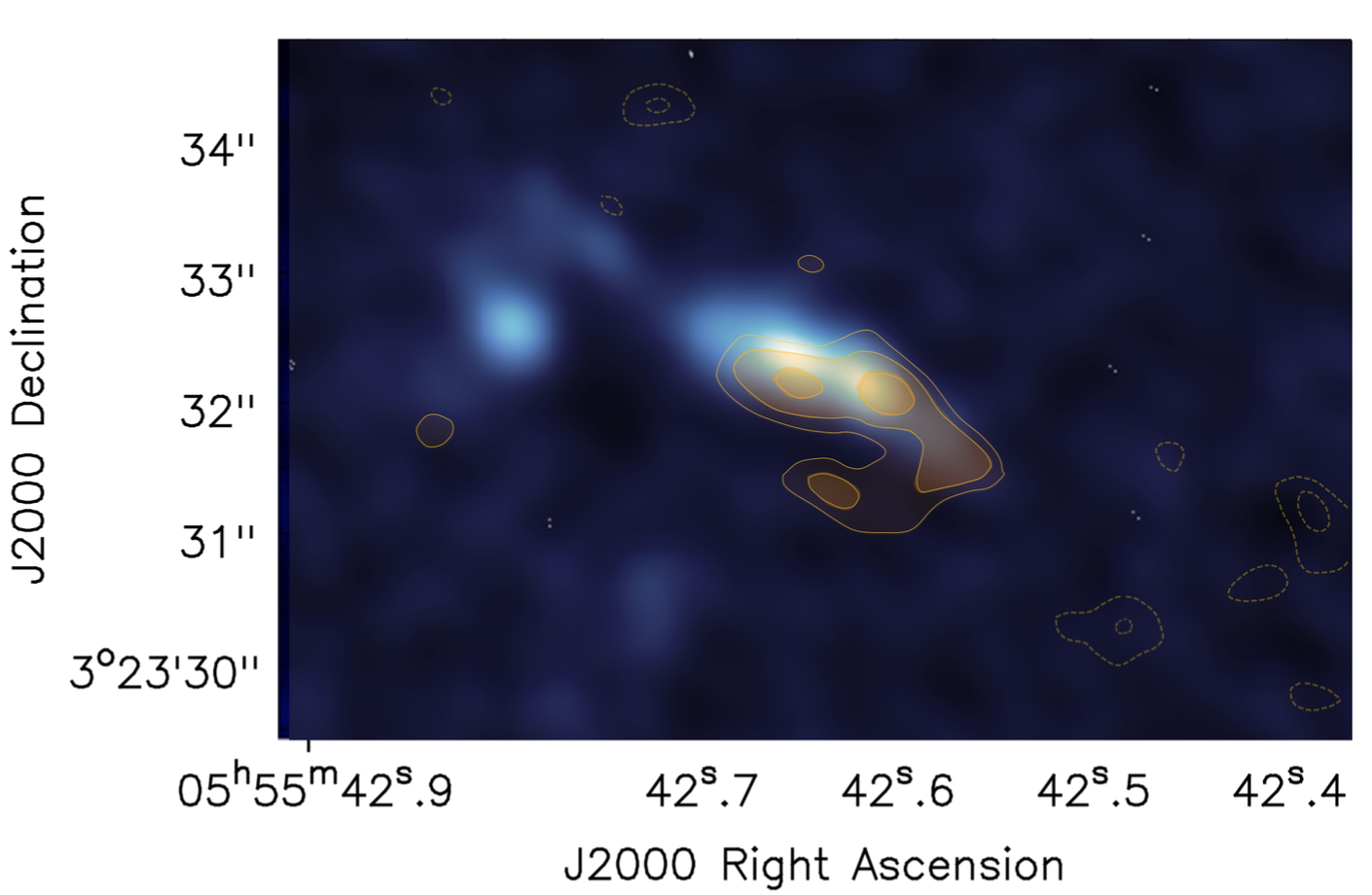
Peeking Through the Haze: A Look at Titan’s Bright Surface Features
Editor’s note: Astrobites is a graduate-student-run organization that digests astrophysical literature for undergraduate students. As part of the partnership between the AAS and astrobites, we repost astrobites content here at AAS Nova once a week. We hope you enjoy this post from astrobites; the original can be viewed at astrobites.org!
Title: Compositional Similarities and Distinctions Between Titan’s Evaporitic Terrains
Authors: S.M. MacKenzie and Jason W. Barnes
First Author’s Institution: University of Idaho
Status: Published in ApJ, open access
Titan, Saturn’s largest moon, is the only solar system object other than the Earth to have a thick atmosphere and standing surface liquid. When the Cassini spacecraft began observing Titan, it even discovered lakes and seas dotting the northern hemisphere. Don’t fire up your rocket just yet, though — because Titan is so cold, the lakes and seas are filled with liquid methane and ethane rather than water.

Artist’s illustration of the Cassini mission at Saturn. [NASA]
The 5-micron-bright regions are found circling lakes in the northern hemisphere, in dry lake beds in both hemispheres, and in the desert-like equatorial regions. The bright rings around the lakes are believed to be evaporites—solid material left behind after the liquid in which it was dissolved evaporates. This explains the presence of the bright material surrounding the lakes and the dry lake beds, but what about the desert? Linking 5-micron-bright regions in what is today a desert to the bright rings around the lakes could provide evidence that the equatorial regions of Titan were once covered with liquid.
In this paper, the authors searched for a compositional link between the bright regions in the desert and the evaporites around the lakes and seas. They used an absorption feature at 4.92 microns in order to investigate whether or not the 5-micron-bright material in each of these regions is the same. The 4.92-micron absorption feature has been observed previously in the desert region, but no one has been able to definitively say what compound causes it. Because of this, finding the same feature in the desert and around the lakes can indicate that the regions are geologically similar, but can’t yet tell us about the chemical makeup of the material.

A non-projected version of the VIMS map of Titan shown above. [JPL/NASA/Univ. of Arizona/CNRS/LPGNantes]
What causes some lake regions to have the absorption feature while others don’t? The authors suggested that the material that causes the 4.92-micron absorption feature could be just one of several solids that are left behind as the lakes evaporate away. Whether or not a lake rim has the absorption feature could be a function of how far the evaporation has progressed. As evaporation proceeds, materials that are more soluble precipitate out in sequence. We could see a 5-micron-bright evaporite ring without the absorption feature if the lake hasn’t evaporated enough for the material causing the absorption to precipitate out. The authors even have a suggestion for why this might happen to some lakes in the northern hemisphere but not others—lakes closest to the north pole might experience more methane rainfall than more southern lagoons, periodically halting the evaporation before the absorbing material can crystallize.
Although the authors posit many explanations for the mysterious behavior of the 4.92-micron absorption feature, they can’t yet settle on one cause. It’s not surprising that Titan, an inhospitable but strangely familiar world with complex geology and weather systems, presents a challenge to astronomers. In the future, by modeling how Titan’s climate changes over time, we can hope to learn more about what causes the distribution of evaporites on Titan’s surface.
About the author, Kerrin Hensley:
I am a second year graduate student at Boston University, where I study the upper atmospheres and ionospheres of Venus and Mars. I’m especially interested in how the ionospheres of these planets change as the Sun proceeds through its solar activity cycle and what this can tell us about the ionospheres of planets around other stars. Outside of grad school, you can find me rock climbing, drawing, or exploring Boston.

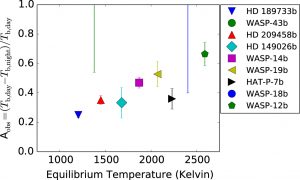
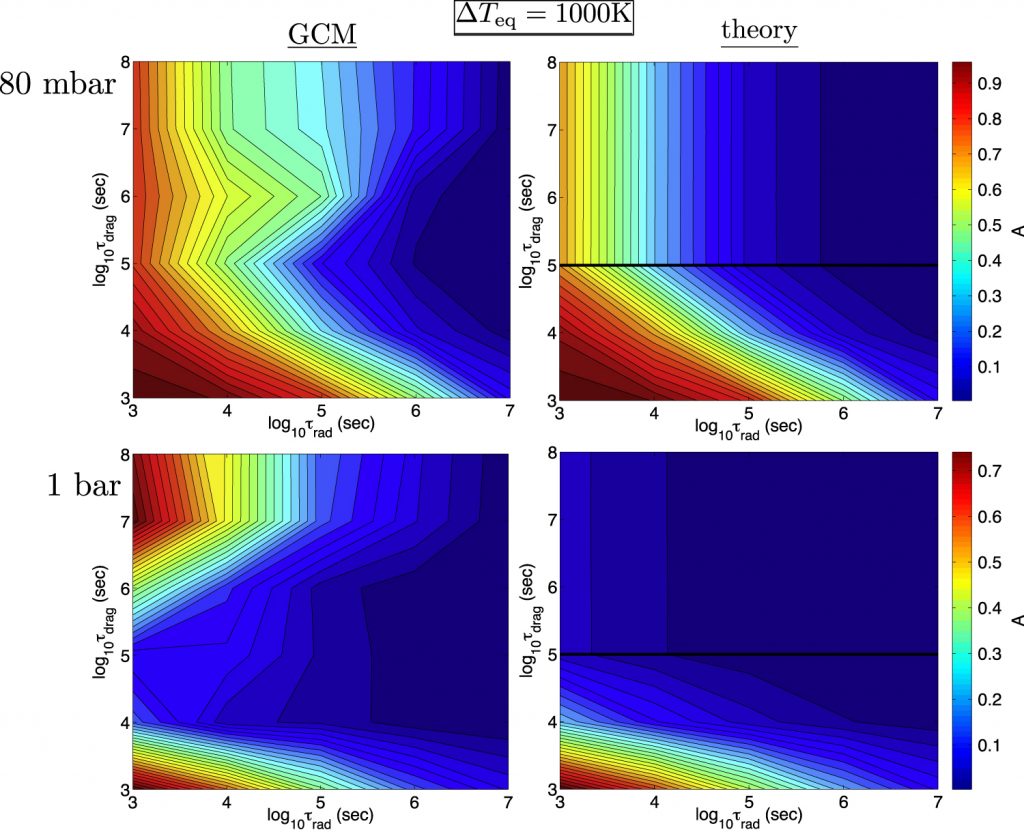
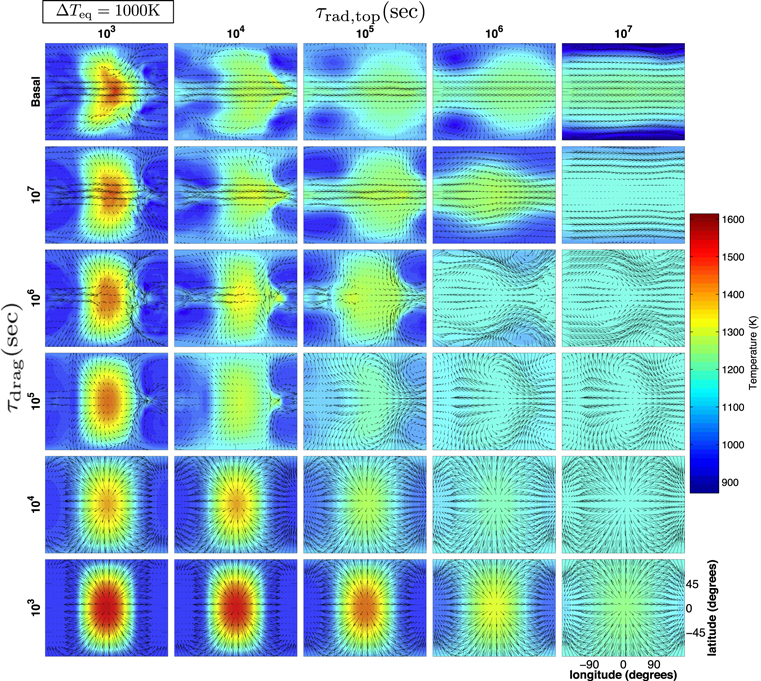

![Figure 1: Abundance estimate for 20 elements in M67 stars, coloured by effective temperature. The grey points are the training data. The values at the top of each subplot are mean and standard deviation of the estimates. All elements are measures with respect to Fe, except [Fe/H].](https://astrobites.org/wp-content/uploads/2017/02/fig1.png)
![Figure 2: Top plot shows the chi-square distribution of abundance differences for pairs with similar Teff and log(g). The black histogram represents intra-cluster pairs, and the red-dashed shows field pairs. The distributions are very different, but not disjoint: some field pairs are as similar as siblings. Bottom panel shows analogous estimates, but the [Fe/H] is set to the similar value of the clusters M67 and NGC6819. Their intra-cluster distributions are shown in the blue dash-dot histogram for comparison. Even for similar metallicity, most field stars are distinguishable, but there's still a considerable number of doppelgangers.](https://astrobites.org/wp-content/uploads/2017/02/fig2.png)






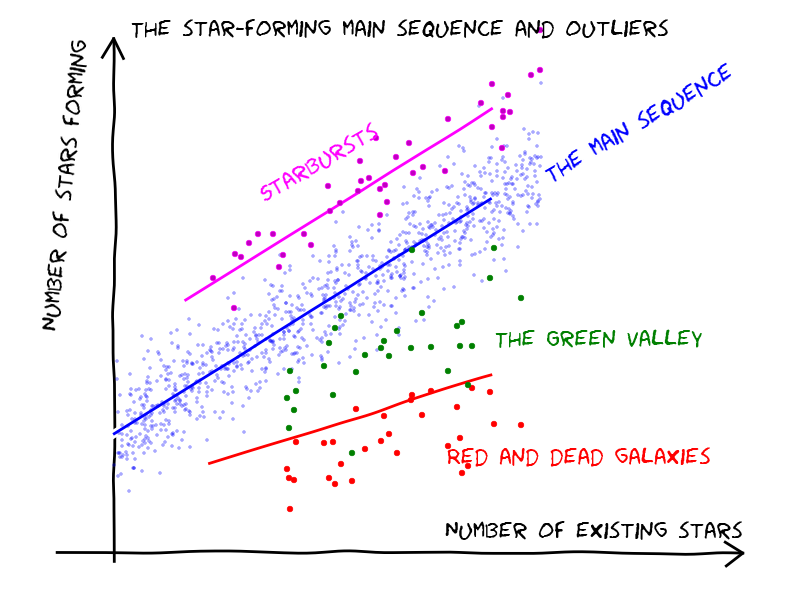
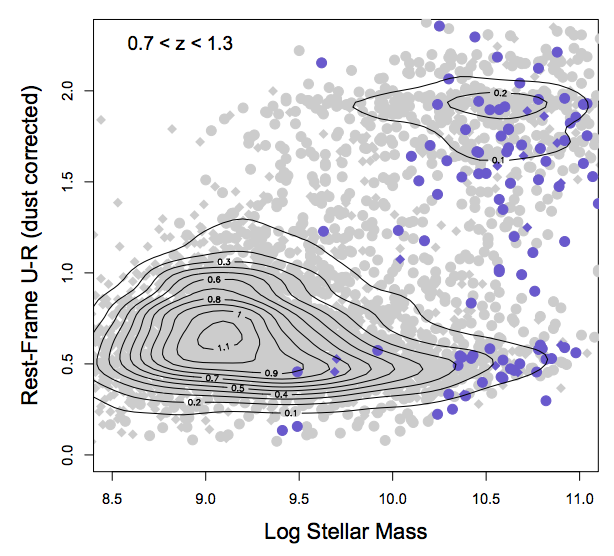
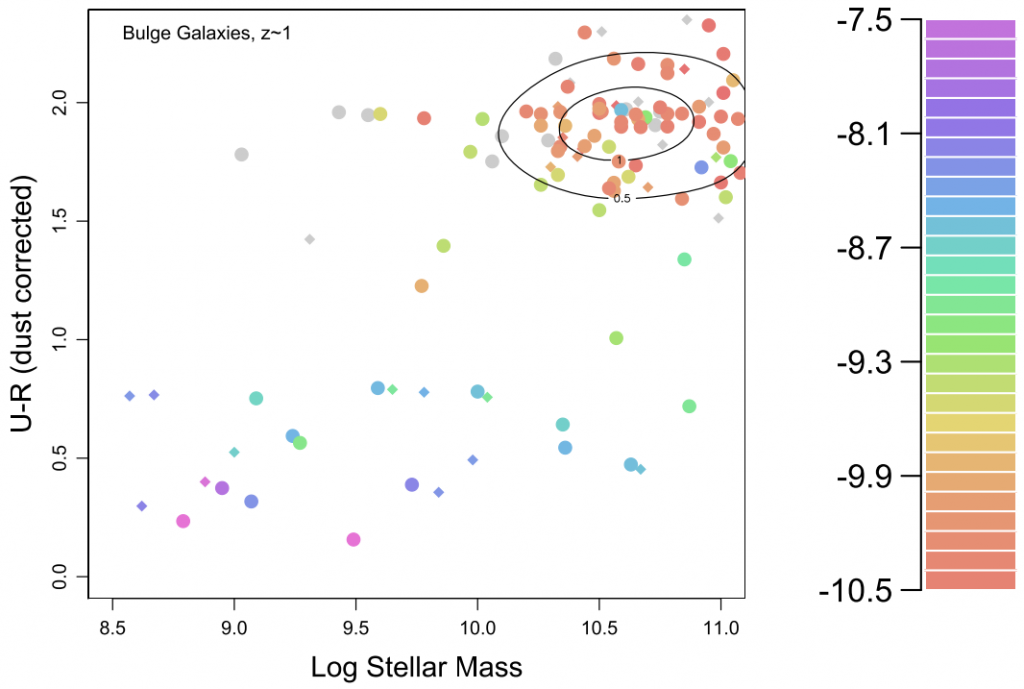

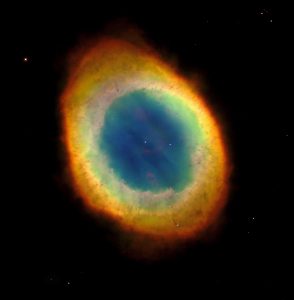



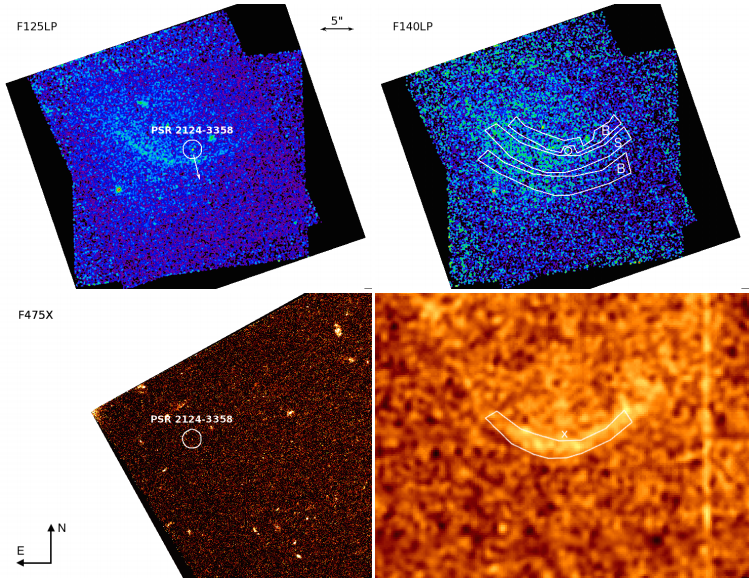 Figure 2: New observations of J2124–3358 from this study using the HST at three different wavelengths are shown in the top (left and right) and bottom left images. The shock is clearly visible in the far-UV using the F125LP filter. The bottom right image shows a previous H-alpha observation of the same pulsar. [Rangelov et al. 2016]
Figure 2: New observations of J2124–3358 from this study using the HST at three different wavelengths are shown in the top (left and right) and bottom left images. The shock is clearly visible in the far-UV using the F125LP filter. The bottom right image shows a previous H-alpha observation of the same pulsar. [Rangelov et al. 2016]
![The Parkes radio telescope in Australia. [CSIRO]](https://aasnova.org/wp-content/uploads/2017/01/Parkes-260x325.jpg)
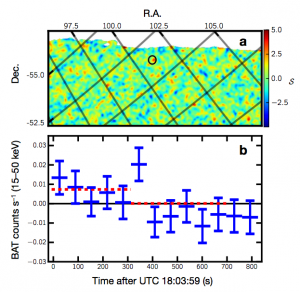
![Artist's impression of a magnetar in a young star cluster. [ESO/L. Calçada]](https://aasnova.org/wp-content/uploads/2017/01/magnetar-260x184.jpg)

